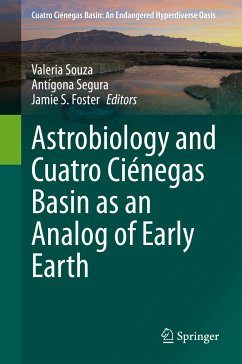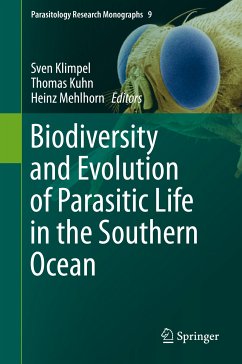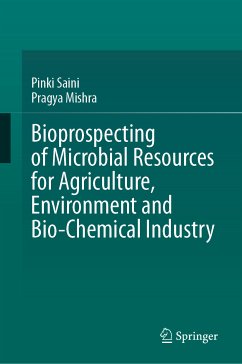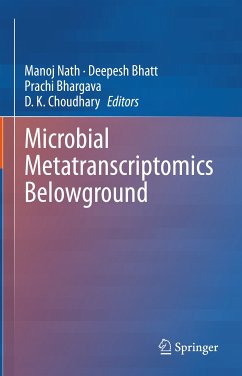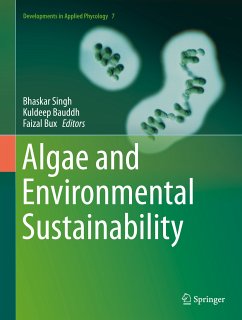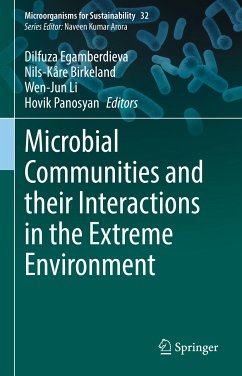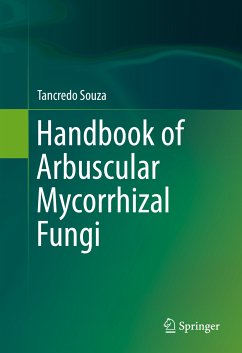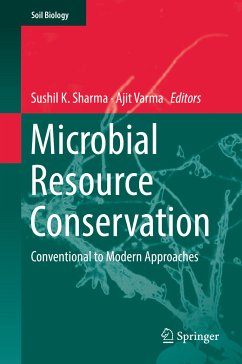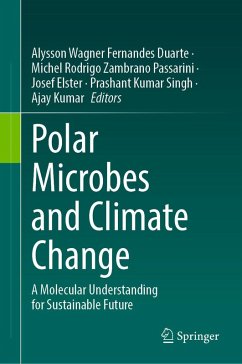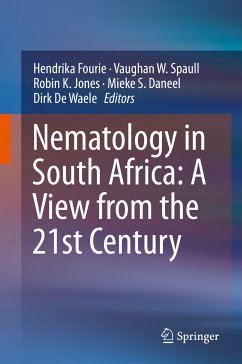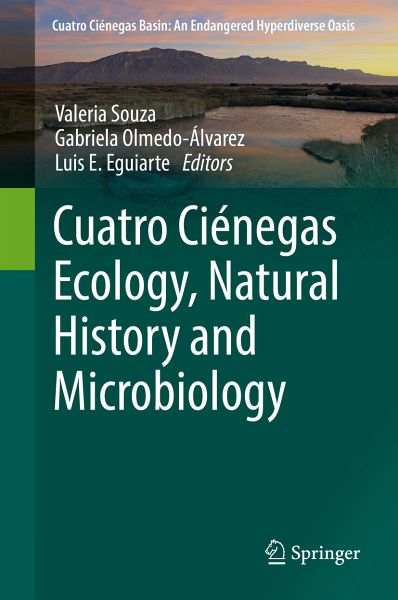
Cuatro Ciénegas Ecology, Natural History and Microbiology (eBook, PDF)
Versandkostenfrei!
Sofort per Download lieferbar
72,95 €
inkl. MwSt.
Weitere Ausgaben:

PAYBACK Punkte
36 °P sammeln!
The aim of this first book is to introduce the readers of the series to why Cuatro Ciénegas Basin (CCB) is so unique, starting with the reason why astrobiologists became interested in this oasis in the first place; namely, the high diversity and abundance of stromatolites and microbial mats in continental waters to be found in the desert oasis. As NASA has long since discovered, the basin may offer the best analog of early Earth. In essence, CCB is a time machine that can take us far back and forth in time. In the respective chapters, the contributing authors explain the extraordinary microbi...
The aim of this first book is to introduce the readers of the series to why Cuatro Ciénegas Basin (CCB) is so unique, starting with the reason why astrobiologists became interested in this oasis in the first place; namely, the high diversity and abundance of stromatolites and microbial mats in continental waters to be found in the desert oasis. As NASA has long since discovered, the basin may offer the best analog of early Earth. In essence, CCB is a time machine that can take us far back and forth in time.
In the respective chapters, the contributing authors explain the extraordinary microbial diversity of Cuatro Ciénegas Basin from various perspectives. In order to do so, they explain their journey as well as the different tools used to unravel the basin's mysteries, such as: Why are there so many species in a place without food? How has life there survived the enormity of tectonic shifts through the ages, maintaining its ancient marine heritage?
Dieser Download kann aus rechtlichen Gründen nur mit Rechnungsadresse in A, B, BG, CY, CZ, D, DK, EW, E, FIN, F, GR, HR, H, IRL, I, LT, L, LR, M, NL, PL, P, R, S, SLO, SK ausgeliefert werden.



